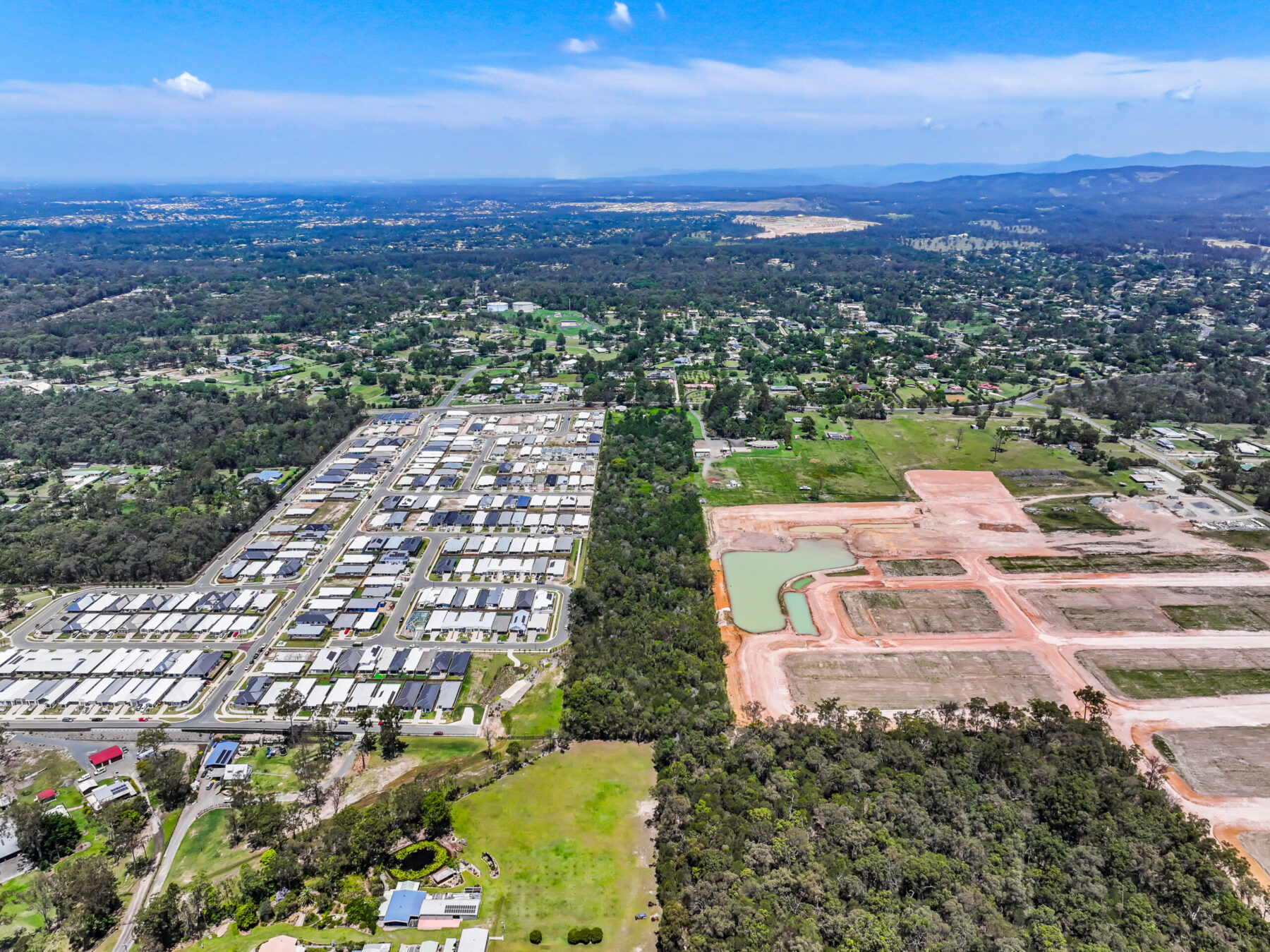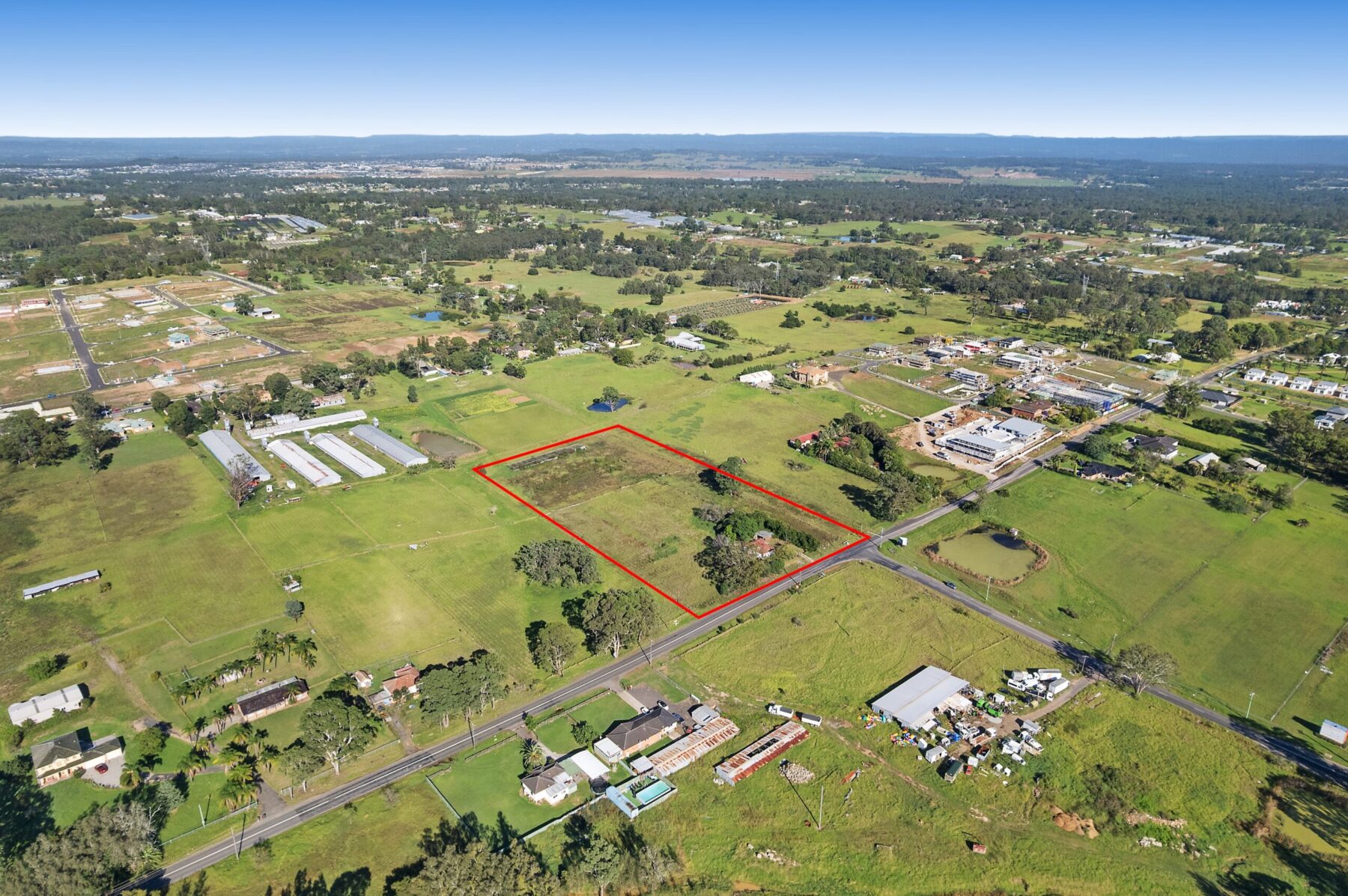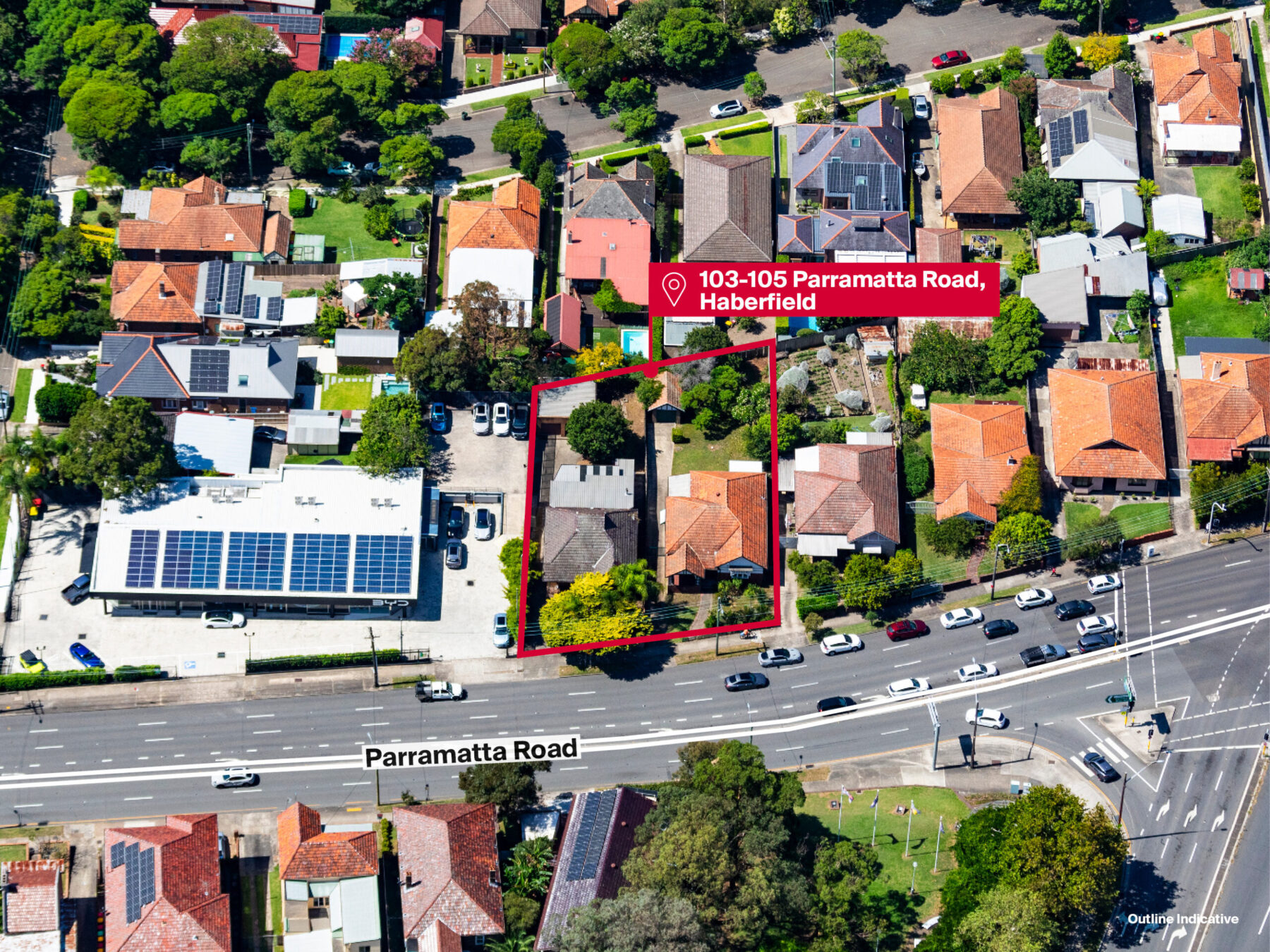
The number of property and construction industry failures is rising – but it doesn’t have to continue.
Recent figures from the Australian Securities and Investments Commission show the number of liquidations, receiverships and administrations in the sector has risen to 1,230 for the year to mid-March.
“The number of property and construction industry failures may set a record this financial year,” notes James Alexander-Hatziplis, co-founder and CEO of PLACE Studio.
“But not all of those that are considering shutting shop have to fold, not all their projects have to be shut down.”
Turning around a trouble development
Mr Alexander-Hatziplis says there are several techniques that can be considered to help turnaround a troubled development.
He suggests, “Improved initial consideration and planning prior to running headfirst into the documentation and construction phase saves capital wastage – and improves the end product. Deep partnerships with builder-developers can imbedded value that generally results in lower costs, higher quality finishes and market preferred unit layouts.
“Addressing these elements early in the development process can sometimes help turnaround a troubled development,” adds Mr Alexander-Hatziplis.
Case study
He cites, for example, how one project PLACE studio was working on, a mixed-use hotel and apartment development, was turned around by re-designing the fundamental components of the building.
“This Gosford-based project had been kicked around by several designers and owners in the past and we applied our specialist turnaround techniques in partnership with the new developer/builder.”
“We took a deep dive into the method of construction and streamlined the structural design and services within the project. By having extensive coordination meetings with not only the developer but the onsite and lead contractors, we were able to design a simplified building with increase unit yield and decreased construction cost – a win/win/win for the developer, builder and end owner.”
Mr Alexander-Hatziplis suggests, “Designing and developing for yield, or increased income, should be the focus for owners and investors in every new property development and construction.
“Design and yield are very much interdependent and even more crucial in today’s market turmoil.”
“When developers and investors are looking at a property, they should ask more than just what the expected yield will be. They need to know if it contains certain elements that can increase the yield in comparison to other similar properties. This in turn can add greater value and an improved bottom-line.”
Mr Alexander-Hatziplis says, “Developers and investors need to assess what attributes the project and the site have that will add additional yield. How can those attributes protect income if another property is developed next door – or if one fails across the road?”
“These yield-enhancing elements include simplified construction methodology, reduced basement excavation and locating apartments in the most considered locations.
“Other key yield-enhancing elements include good lighting utilizing natural light where possible. Considered designs such as seamless flow between kitchen and living/dining rooms are important as well as kitchen design, amenity and storage considerations. Solar panels are must for most developments these days as well, along with battery storage, to ultimately improve the sustainability of the development reduce costs.
“Spaces that bring people together, to live, to socialise; or in offices spaces to network, to create also contribute favourably to higher yields. This might be a dedicated space, such as a café.”
“Another key design aspect for increasing yield is ease of maintaining the property – is it easy or hard to maintain? This is a key feature of design and should be addressed from the initial stages of planning.”
“Curb appeal is another important design element: is the building attractive from the street, the entrance – for visitors as well as employees working there? Or does the next one down the road appear better?” Mr Alexander-Hatziplis probed.
Working together
Mr Alexander-Hatziplis concludes, “Recent changes to the design and construction industry spearheaded by the NSW Building Commissioner David Chandler is sorting those developers and designers who care about providing quality outcomes from those looking to make a quick buck.
“At the end of the day, the person purchasing the property needs designers and builders who are accountable, and who want to deliver high quality projects that will last the test of time.”
PLACE Studio partners in a range of projects from commercial and offices to multi-residential dwellings and build-to rent through to industrial and properties for ASX-listed and private property developers.



